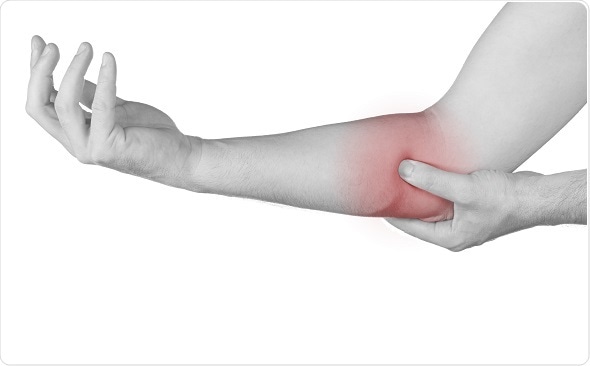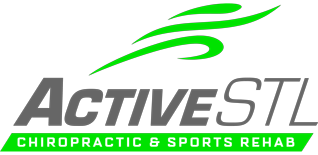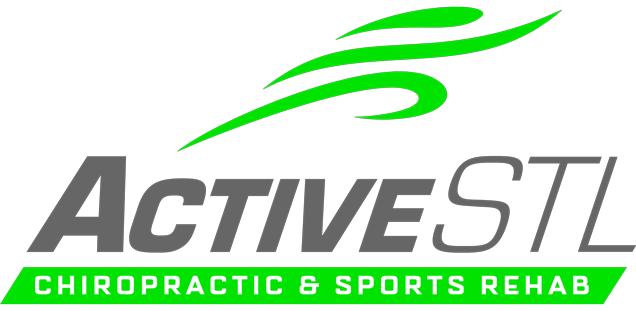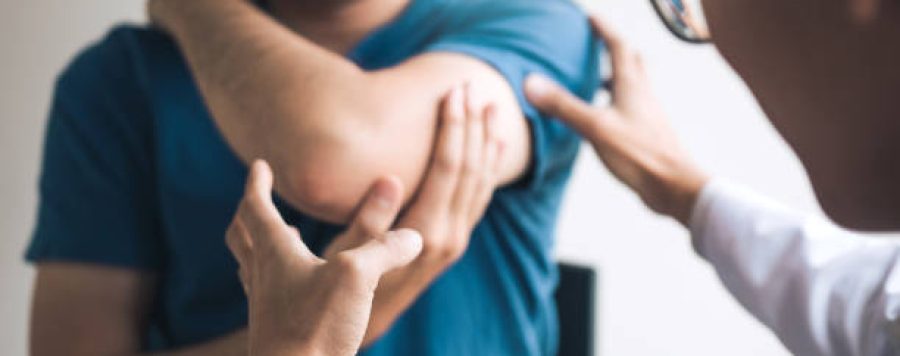Are you experiencing elbow pain? 
Do you find yourself grappling with elbow pain, triggered by everyday activities like gripping, twisting, lifting, typing, or sports? Understanding the root of elbow discomfort begins with grasping the basics of elbow anatomy: the ulnar bone, the radial bone, and the humerus bone intricately interconnect to form the elbow joint.
The humerus hosts the lateral and medial epicondyle, a prominent point on the inside and outer side of the elbow. These condyles serve as attachment sites for the flexor and extensor muscle groups, influencing various movements of the wrist such as flexion, extension, and rotation.
When these muscles endure excessive strain, often due to repetitive activities beyond their capacity, leading to what’s commonly known as lateral and medial epicondylitis.
Overloading the muscles on the outer side of the elbow can result in lateral epicondylitis or tennis elbow. Contrary to its name, tennis players aren’t the sole sufferers; it’s prevalent among manual laborers, athletes, and those engaged in repetitive tasks like typing or carpentry.
Similarly, overloading the muscles on the inner side of the elbow can result in medial epicondylitis or golfer’s elbow, causing discomfort during activities involving wrist flexion and finger movement. The telltale signs include pinpoint tenderness at the elbow and within the muscle groups, along with discomfort during stretching or loading of the tendons.
If you’ve been grappling with elbow pain, stay tuned over the upcoming weeks as we unveil in-office treatments and rehabilitation exercises aimed at alleviating discomfort and restoring functionality. Our goal? To empower you to resume activities that might have been sidelined due to the lingering pain and discomfort in your elbow.
Treating Elbow Pain
Although pain presentation around the elbow may be similar from person to person, Not everybody will respond similarly to care. This is why we have a collection of tools when providing treatment. We can utilize myofascial release through cupping techniques and through active release techniques (ART) to target the muscles directly.
Laser and Shockwave Therapy Combined:
Recent research has also shown the benefits of pairing shockwave therapy and laser therapy together to disrupt the tissues of the elbow flexors and extensors. The treatment usually starts with shockwave therapy as it is a type of regenerative medicine. We then pair the benefits of laser therapy to promote healing, such as reducing swelling, inflammation, and pain.
Additional methods include chiropractic adjustments and dry needling in and around the areas, paired with rehabilitative exercises to build mobility, endurance and strength around the joint .
Pronation And Supination:
Pronation and Supination is a movement that involves rotating the wrist back and forth. You can use a PVC pipe to help load off your arm while performing multiple reps. Once you feel comfortable with that exercise, you can use a resistance band and actively load the wrist extensors. Standing upright, you can actively extend your wrist, providing some resistance from the band. You can also then do the opposite movement and create wrist flexion and hit the inside wrist flexors at the same time. This is going to be very beneficial for gaining strength on the inside and outside of the forearm.
Grip Strength:
Grip strength will also be crucial for you to work on. You can use a kettlebell (or anything heavy you can comfortably hold at your side) and simply squeeze the kettlebell at your side, holding it for as long as you can. Another way to load our extensor muscle groups is using a more ballistic, rapid approach. For this approach, start by using a lacrosse ball or tennis ball, then as comfortable, you can also use a higher resistance weight. With this exercise, you are just trying to catch the ball as you perform wrist extensions.
As summer approaches, we’re getting ready to be on the pickleball courts. Many of you play tennis or other racquetball sports which means that ensuring a proper warm-up is necessary.
Exercises To Warm-Up:
It is important to have a good warm-up routine to avoid the increased risk of injury and prime the body to perform strenuous exercise.
- Neck Circles – Roll your head around in a circle motion 360 degrees one way, and then roll it the opposite way.
- Shoulder Circles – Roll your arm around in a circular motion 360 degrees one way, and then roll it the opposite way. Do the same for the other arm.
- Toe Touches – For this toe touch exercise start by spreading your feet a little further than shoulder-width apart. Then, with one hand try and touch the opposite leg by bending over at the waist. Do the same for the other hand as well. Do this exercise 4 times on each side.
- Knee Hugs Into Rotational Lunge – While standing, bring one knee to your chest and grab it with your arm. Then, lunge forward with the same leg you grabbed and rotate your torso to the left and right. Do this 4 times each leg.
- Side Lunge – Lunge to the left and right side 4 times on each side.
- Lunge With Arms Extended Up – While lunging forward with one leg raise the same side arm up to the sky and rotate your torso in that direction.
- Cat/Camel – For the first part, bend your head down and tuck your pelvis while allowing the back to round. For the next part, extend your head up while also tilting your pelvis back, allowing the back to arch.
- Dynamic Skips – These are not like normal skips, you are trying to skip higher than a normal skip.
If you’ve been experiencing elbow pain, give us a call or schedule online to book your appointment today.


